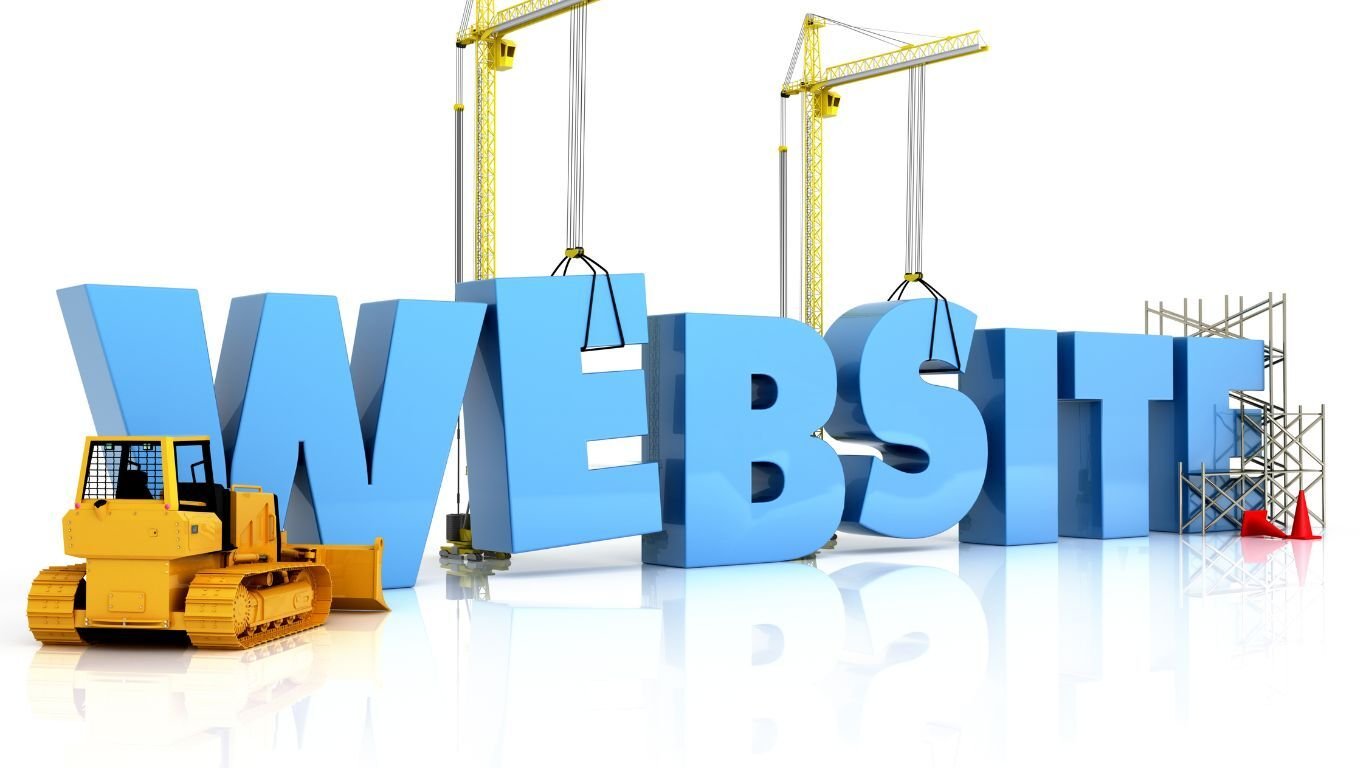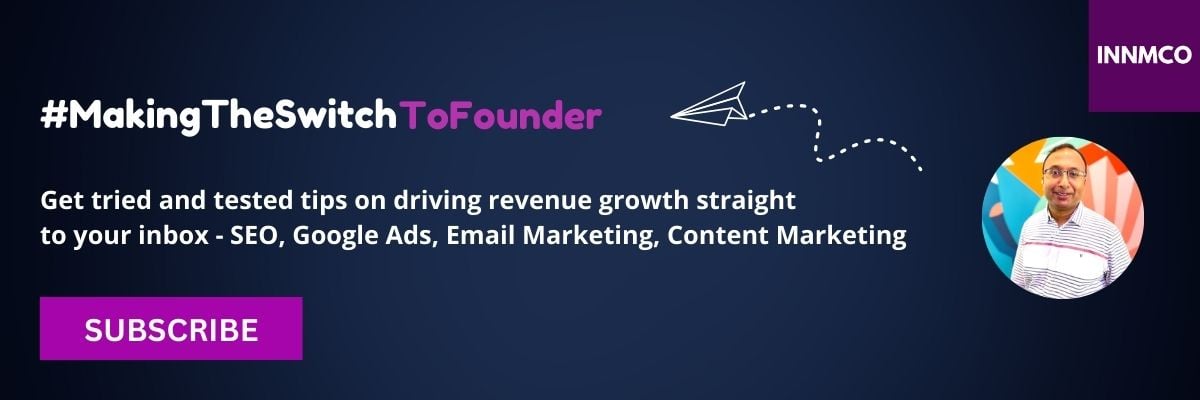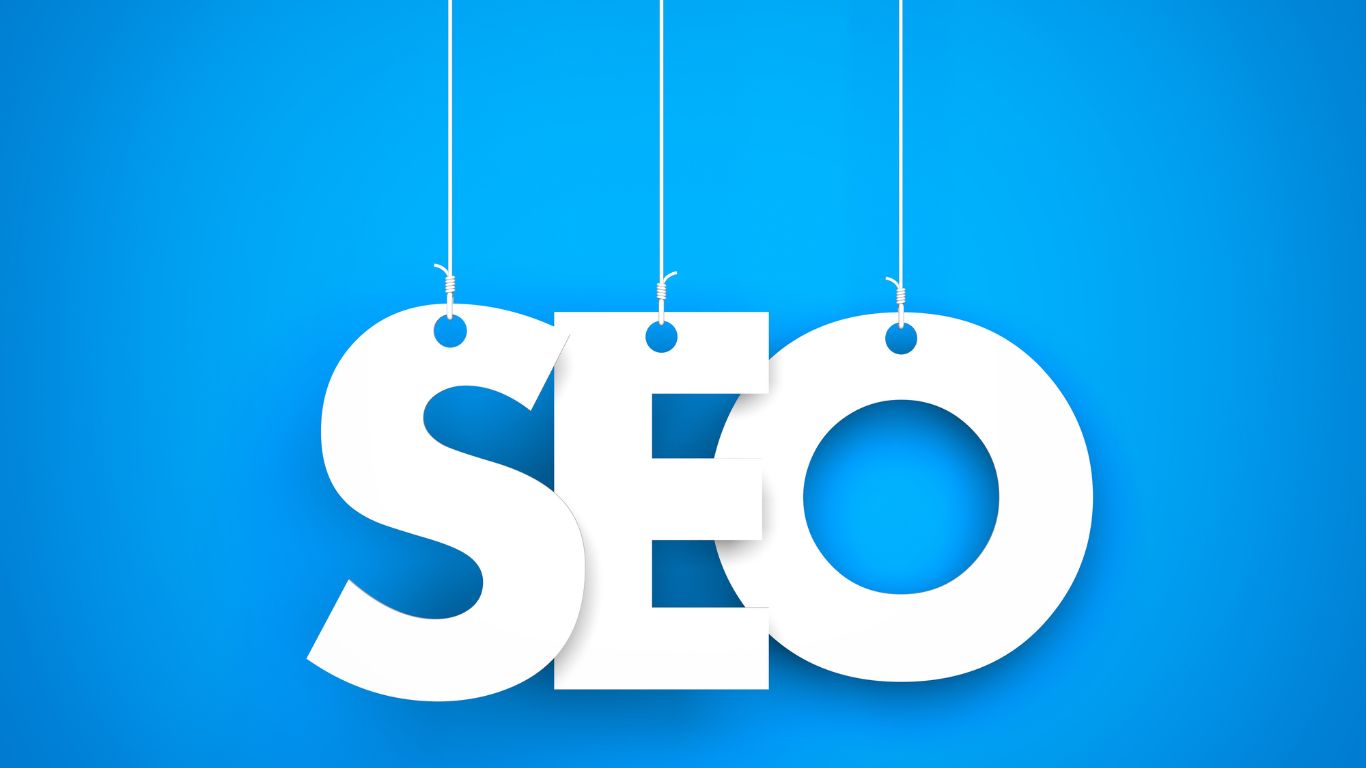What Are the Most Common Reasons for Low Website Traffic for your SaaS Business?
You have build a great SaaS product, but no one’s visiting your product website
If this sounds familiar, then read on.
Let's have a look at the most common reasons for low traffic on your website.
Your website SEO is non-existent or outdated
Most buyer’s begin their buyer’s journey with google search or answer engines like ChatGPT, Google AI mode, AI overviews and Microsoft co-pilot. If you are not optimising your web pages for search engines and answer engines, you run the risk of not being visible to your prospective buyers.
The lack of keyword research, on-page SEO, technical SEO and backlinks to your website makes your website invisible to prospective buyers. Your prospective buyers don't know about your existence. When they are ready to make a purchase, your business will not make it to their consideration list.
Your content is not relevant for your prospective buyer
SaaS founders are very close to the product they are building. This causes a bias towards creating solution focused content on your website. There is a tendency for your content to be solution focused as opposed to being problem focused. Your prospective buyers are problem focused very early-on in their buying journey.
The lack of content targeting different stages of the buyer's journey including problem focused content makes your business invisible to prospective buyers.
Your haven’t explored paid ad opportunities
Relying solely on organic traffic can lead to very slow traffic growth. Google Ads can drive high intent traffic quickly. Not running campaigns that are focused on high intent commercial keywords can lead to low website traffic and lost opportunities for your business.
You can reach your target audience using paid social media. Paid social media is when organisations pay social media platforms (e.g. LinkedIn) for content to be shared with a specific target audience who may be interested in that content.
The lack of content targeting different stages of the buyer's journey, makes you lose out on sales opportunities for your SaaS business.
Your website isn’t build to convert visitors into leads
You are not able to convert your website traffic into potential leads for your business. This is because your business's value proposition is not very clear. Your visitors dont know what you do as a business and what value they are expected to get from your offering.
Other reasons for poor conversion rates include unclear call to actions on your landing pages, poor website navigation and slow load times for web pages.
You are not learning from your data
If you’re not measuring what’s working (and what’s not), you’re flying blind. Use tools like Google Analytics, Google search console and website conversion tools to learn from your data. This will help you make necessary improvements.
The lack of website visitor data will make it difficult to understand what is not working on your website. This will hamper website conversion rates.
What can you do to increase website traffic for your SaaS business?
Optimise your web pages for AI answer engines and Google search
Implement On-page SEO. The below is a list of on-page SEO factors to consider
1. Page title - Make your title as informative as possible for your target audience. Incorporate keywords keeping in view the relevance of your keyword to the content and the terms that your target audience searches for.
2. Page header - Your page headline should convey to the user what your page is about. Incorporate your keyword in your page header, where ever possible.
3. Meta descriptions - Include a description of what your page is about. Incorporate your keywords in a way that makes the page description as informative as possible for your target audience. Utilise keywords that your target audience searches for.
4. Alternative text for images - Include an alternative text for the images used in a page. This helps google crawlers understand what your image is about.
5. Page URLs - Your url should convey to the user what your page is about. Try incorporating your keyword in your url.
6. Internal linking of pages - Link pages to each other. This should be done keeping in view your website architecture and the flow that you want your users to take while they arrive at a page in your website.
As information search become more fragmented across platforms such as AI answer engines (ChatGPT, Gemini, Microsoft Copilot), social media platforms (Instagram, LinkedIn), YouTube or Reddit, it is very important to build your brand across platforms.
Make sure your business website is found in AI answer engines. As mentioned before, you will find that most AI answer engines source content from places including your blogs, third party websites and review sites. Some AI answer engines may place greater emphasis on content from third party websites and review sites.
Your content quality is still important whether your buyers are using a search engine or AI answer engine to find information. Use EEAT (Experience, Expertise, Authoritativeness & Trustworthiness) to assess the quality of content on your website.
Create content that addresses the search intent of the buyer
Create content for the different types of search intent. Your prospective buyers are increasingly using longer prompts while querying AI answer engines. Make sure you are creating content, with your buyers search intent in mind.
Your website needs to be found by buyers who have different types of search intent. While optimising your web pages, consider creating content for the 4 types of search intent.
-
Navigational search intent. If a buyer is looking to navigate to a particular page. They have a navigational search intent. (e.g. INNMCO’s Services page)
-
Informational search intent - If the buyer is looking to learn more about a topic. They have an informational search intent. (e.g. A blog post on ‘What is SEO?’)
-
Commercial search intent - If the buyer is looking to compare two services providers or solutions. They have a commercial search intent. (e.g. INNMCO vs another digital marketing agency)
-
Transactional search intent - If the buyer is looking to schedule an appointment or a demo. They have a transactional search intent. (e.g. schedule an SEO consultation or a demo)
Utilise Google Ads and LinkedIn Ads to drive high intent web traffic
Utilise Google Ads and LinkedIn Ads to drive high intent web traffic for your business.
Google Ads can help your business acquire quality leads and sales. Google Search Ads helps drive revenue for your business. The goal of Google Search Ads is to bring quality web traffic to your website.
LinkedIn's advertising solutions (LinkedIn ads) enables organisations to amplify marketing objectives (brand awareness, lead generation). LinkedIn’s ad platform have a few different ad types to meet marketing objectives. This includes sponsored content, sponsored messaging, dynamic ads and text ads.
Sponsored content are ads that appear on your LinkedIn feed. These posts are marked as ‘promoted’. Sponsored messaging appears in your LinkedIn messages. These messages are marked as ‘sponsored’.
Dynamic ads are personalised ads. A few locations where dynamic ads appear include your LinkedIn home page or profile page.
A text ad includes an image, headline and description. A few locations where text ad appears include your LinkedIn profile page or home page.
Embrace the sales lifecycle while creating Google Ads and LinkedIn Ads for your business. Broadly speaking there are 3 parts to a sales funnel - top of the funnel (TOFU), middle of the funnel (MOFU) and bottom of the funnel (BOFU).
-
TOFU - The buyers are problem focused. They may have heard about your business but they don’t care about business as yet. Use generic keywords that are more problem focused to trigger your google search ads.
-
MOFU - The buyers recognise that their problem needs a solution. They have heard your business and they are slightly interested in what you have to say. Use keywords related to your product, service or industry.
-
BOFU - The buyers have acknowledged their problem, they have researched a solution and they are ready to purchase. Use branded and competitor keywords to trigger your google search ads.
Build your website to convert high intent visitors into leads
Optimising your landing page increases conversions. Conversions are one of the many KPI’s for evaluating the success of your digital marketing campaigns. Optimise your landing page by improving the:
-
content of your landing page
-
layout of the landing page
-
placement of call to action i.e. what you want your buyers to do next after reading your content.
Measure and learn
Set up google analytics, google search console and website conversion tools to track your prospective buyers behavioural data. Monitor keep performance indicators such as traffic source, bounce rate, time on page and lead conversion data.
Do more of what is working right for your business and find ways to improve what's not working.
Conclusion
If you SaaS product's website isn't getting any website traffic. It may not be because you have a bad product. Your website content needs to measure up to the way your prospective buyers are searching for answers.
You need to optimise your web pages for search engine and answer engines. Create high quality contet for different stages of the buyer's journey. Run google search ads to drive high intent commercial traffic to your website. Optimise your landing pages to convert website visitors into high quality leads for your business. Set up google analytics, google search console and website conversion tools to track your prospective buyers behavioural data.
Grow web traffic, leads & sales!
If you are looking to create content that ranks, check out our SEO, Google Ads and on-demand content writing services. Our clients have seen a 600% increase in leads in the first 6 months. Schedule a strategy call with Anees!
Written by Anees Misbahudeen
Founder & Digital Marketing Director, INNMCO
.png?width=200&height=125&name=Anees%20Misbahudeen%20-%20Company%20Profile%20(700%20%C3%97%20436%20px).png)
I’m a search engine optimisation and google ads consultant based in Sydney, Australia. I help SaaS companies grow their web traffic, leads, and sales through the power of story telling. As the founder and Digital Marketing Director of an SEO agency and PPC advertising agency in Sydney, I specialise in search engine optimisation services, Google Ads services and content marketing services. I help brands maximise ROI through organic search and paid search. With over 10 years of experience, I’ve supported the growth of 30+ brands across industries such as software, financial services, automotive and startups — driving measurable results through strategic digital marketing.
Subscribe to my monthly newsletter #MakingTheSwitchToFounder
Subscribe to my newsletter and get a behind-the-scenes look at my journey as a digital marketer, entrepreneur and thriving content creator! 🚀
.png?width=75&height=75&name=INNMCO%20Company%20Logo%20-%202025%20(700%20x%20700%20px).png)

.png)



